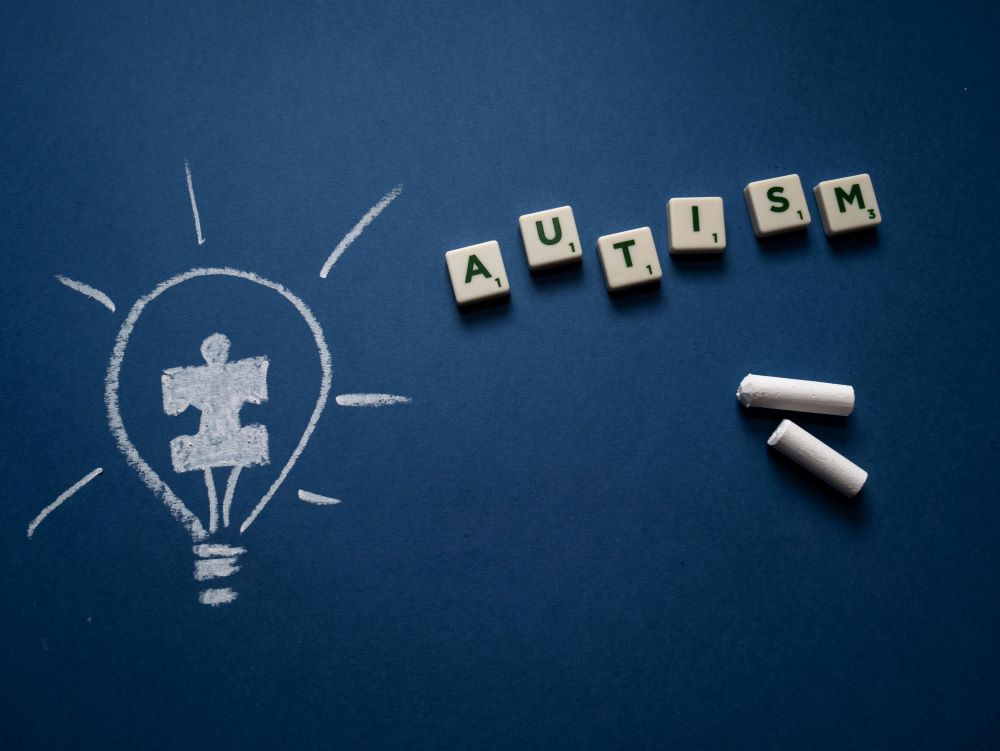While genetics are also involved, researchers have found that environmental toxins play a significant role in the development of autism.
A recent study published in BMC Public Health has linked environmental toxins with an increased risk of developing autism spectrum disorder (ASD), specifically focusing on the role of certain pollutants, such as nitrogen dioxide, copper, and specific phthalates.
Autism spectrum disorder is a neurodevelopmental condition affecting behavior, communication, and social interaction, and its prevalence has been steadily rising worldwide. ASD symptoms can manifest in a number of ways, from difficulties with verbal and nonverbal communication to repetitive behaviors and restricted interests. Individuals with autism often experience heightened sensitivity to sensory stimuli and may have trouble forming and maintaining relationships. The “spectrum” nature of the disorder means that symptoms can vary greatly, from mild to severe, and individuals may have unique strengths and abilities alongside their challenges.
Across the globe, an estimated 1 in 100 children are affected, according to the Centers for Disease Control and Prevention (CDC), and in the U.S., the agency reports 1 in every 36 children will receive an autism diagnosis. While genetics play a key role in the development of autism, researchers are increasingly focusing on environmental factors that may influence internal cell processes and contribute to brain inflammation, oxidative stress, and neurodevelopmental damage over time.

For their study, the research team closely reviewed 27 previously published journal articles involving nearly 1.3 million individuals, most of whom were children (as this is when autism is typically diagnosed). They also took a look at 129 different pollutants, including common air pollutants such as nitrogen dioxide, particulate matter, ozone, as well as many phthalates, copper, and polychlorinated biphenyls (PCBs). Ultimately, results showed significant associations between some toxins and an increased risk of ASD. For instance, exposure to nitrogen dioxide was associated with a 20% increased risk of autism.
Other environmental toxins, such as copper and monobutyl phthalate, were also found to be associated with an elevated risk as well. Copper exposure, in particular, although less significant than nitrogen dioxide, showed a meaningful association with autism across all studies, with lower variability compared to some of the others that appeared to be significant.
In addition to analyzing individual pollutants, researchers grouped them by category, finding that exposure to carbon monoxide, metals like iron and molybdenum, and nitrogen oxides correlated with a higher risk of ASD. Many of these can also cause a number of other neurological disorders. Interestingly, the authors noted that certain pesticides, including carbamates and organophosphates, while detrimental to health in other ways, were associated with a lower likelihood of developing autism. The team noted that this warrants further investigation, however, into the factors potentially contributing to this.
The timing of exposure to the pollutants was also a critical factor in the development of this neurological condition, with early prenatal and postnatal exposure appearing to be particularly impactful. During these timeframes, the brain is highly sensitive to external factors, and exposure to harmful pollutants can lead to genetic damage or epigenetic changes.
While the evidence supporting these associations is still emerging, the findings highlight the importance of further research into environmental risk factors for autism. With a more solid understanding of the causes, public health officials can begin to raise awareness around which toxins to avoid, if possible, particularly when mothers are in highly sensitive stages of their pregnancies.
Sources:
Study links environmental pollutants to increased risk of autism spectrum disorder


Join the conversation!